

- Technology Application of Precast Concrete Exterior Decorating Surface
- Another Amazing Tree Pool Project Was Delivered
- What's LEED Certification
- Deepening Points of GRC Drawing
- Hangzhou Hubin Pedestrian Street
- Varieties, Preparation and Functions of Fiber Reinforced Concrete
- Graffiti Resistant Coating Launched in China
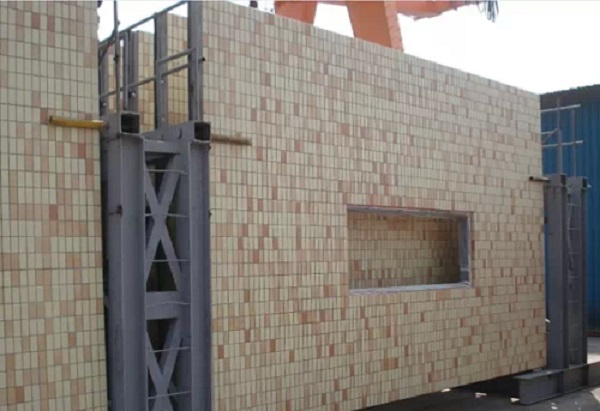
1. Introduction
Together with construction projects’ development in countries all over the world, construction industrializing has become the main development direction. To implement Scientific Development Concept, achieve residential construction’s continuous development via technology innovation and taking new industrial routes. Ministry of Construction encourages to improve new residential construction system’s direction, i.e. to improve the level of residential construction industrial, therefore, construction projects’ precast has become it’s main development direction and trend.
The spread of assembling precast concrete building, is in line with the developing strategy of nation’s energy saving and emission reduction. Its advantages lie in high quality, factory manufacture, lean working, stable environment of manufacture, and, fast construction, weatherproof, clean and safe sites, and, saving construction mold, reducing rubbish, dust and noise, and, being suitable for buildings like office building, residential building, factory, and big supermarket, etc...
Assembling precast concrete building usually is divided into a few standard unit design, use industrial skills to manufacture and install precast components. Therefore, in terms of construction design, we should first consider its regularity, module and standardization in order to use the component mold repeatedly, however, in terms of the appearance of the building, we can not not consider the needs of pleasing to the eye and individualization.
In terms of appearance changes of assembling precast concrete building, generally, design will use the characters of structure geometry, change of assembling units, materials of decorated surface to achieve buildings’ beautiful needs. This article is aimed to make a general introduction on technology of outside decorated surface usually used in assembling precast concrete components.
2. Types of precast concrete components’ outside decorated surface
There are basic requirements against decorated surface of precast components specially external wall panel, that is, must have the functions of waterproof, antifouling, durability and being pleasing to the eye. Usually when choose materials for decorated surface, ceramic tile and natural stones are used to collocate precast concrete components. However, via manufacture technology’s developing, for instance, washing stone surface technology, turnover technology of rubber molding etc., appearance of buildings may have more choice of styles.
2-1 Porcelain tile: Pre paste the selected ceramic tile into the component mold,One time forming of reverse beating,like picture 1
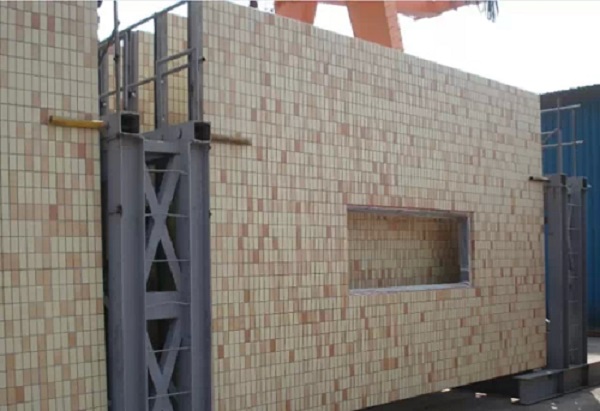
Picture 1. Prefabricated exterior wall plate with ceramic tile finish
2-2 Natural Stone: Pre paste the selected natural stone into the component mold,One time forming of reverse beating,like picture 2

Picture 2, Stone facing prefabricated exterior wall plate
2-3 Washed exposed stone finish:Using surface retarding technology,Wash away the unset cement on the concrete surface with high-pressure water,Exposed aggregate,like picture 3
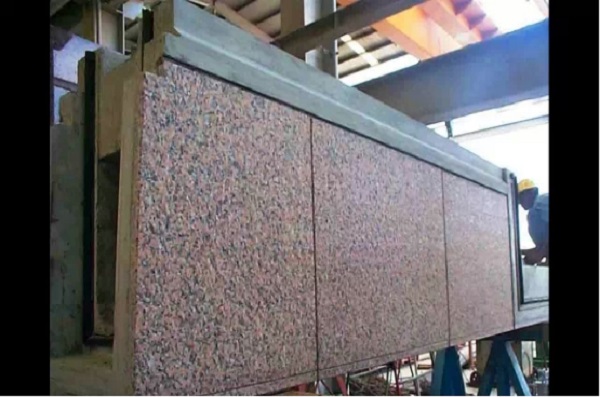
Picture 3 Washed exposed stone finish
2-4 Washed exposed stone finish: Pour the concrete with selected aggregate on the surface of the mold, after the formwork of the component is lifted, the concrete surface shall be polished with water grinding equipment, a technique for presenting bone profile, like picture 4.
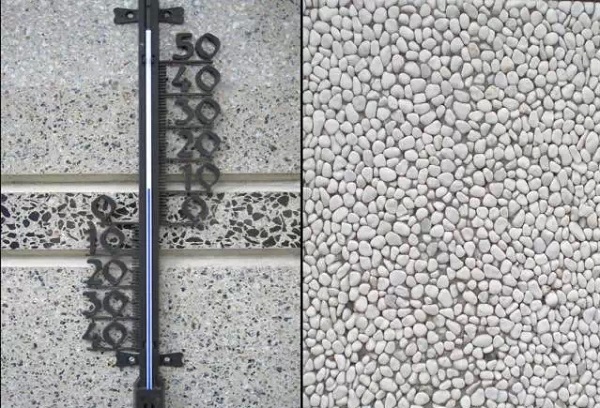
Picture 4 (1) Use colored waste glass as coarse aggregate (2) Use colored pebbles as coarse aggregate
2-5 Fair faced concrete finish,also known as decorative concrete, it is the direct display effect of concrete color and mold surface, it presents a natural and simple texture. The commonly used molds include wood mold, steel mold and rubber mold.
(1) Steel mole finish: Pour the concrete directly on the precision processed steel formwork, control various factors that may affect the color difference of the concrete surface in the manufacturing process, and take off the film for molding at one time, like picture 5
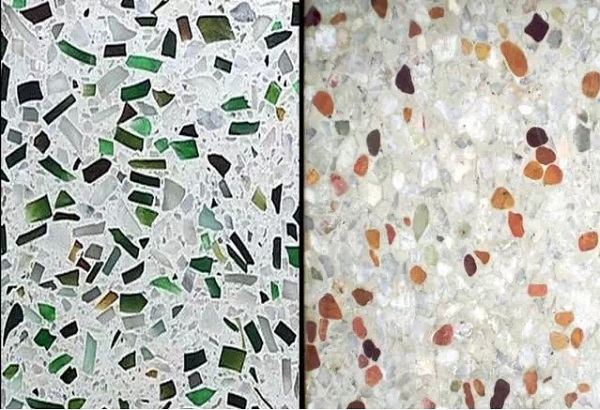
Picture 5 Prefabricated exterior wall components with clear water formwork
(2) Rubber molding die finish: Take some natural materials or artificial pattern modeling as the male mold, and turn the female mold with rubber raw materials, like picture 6
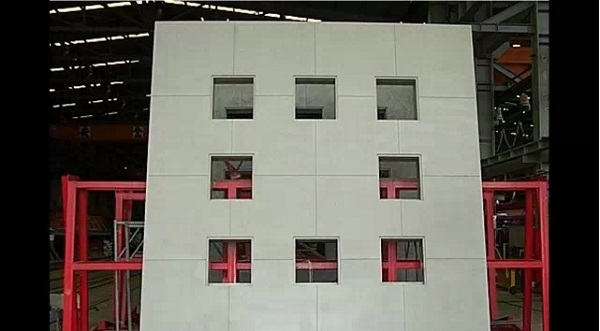
Picture 6. Rubber molding die finish
2-6 Colorful cement: add colorful material to the concrete or use colorful cement to make the surface of concrete components appear colorful,like picture 7
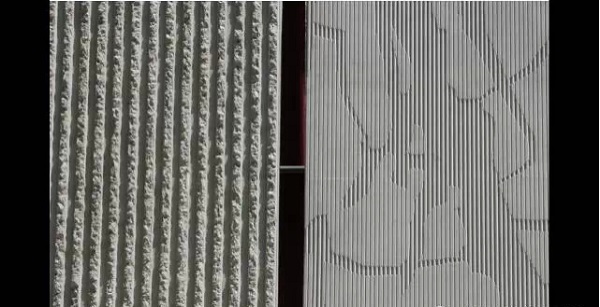
Picture 7 Colorful external wall hanging plate
2-7 Others: Today's technology is advanced, and many new building materials appear, Such as artificial stone, crystalline glass plate, etc., all have been used; In addition, for example, plain concrete plus coating, topcoat, real stone paint, etc. is also an option: Or a combination of the above, like picture 8.
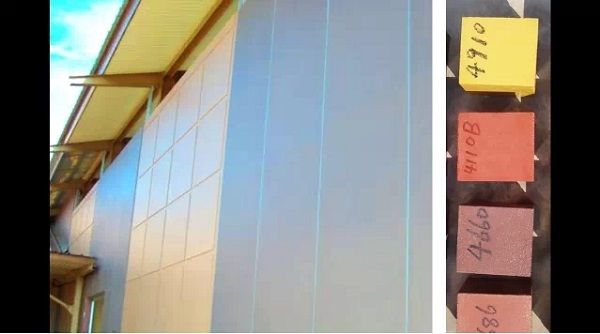
Picture 8. Samples in the laboratory of building materials group in Finland
3. Common fabrication technology of external facing of precast concrete components
The characteristic of precast concrete components with surface decoration materials is that the surface decoration materials are pre embedded in the mold and poured back with the concrete at one time; Depending on the external decoration materials, there will be different production methods; The following describes the manufacturing procedures of the most common ceramic tiles and stones:
3-1 Prefabricated components of porcelain tiles
For prefabricated components with porcelain tiles, different methods will be selected according to the size, section shape, surface characteristics and quality difference characteristics of the tile surface, which are briefly described as follows:
3-1-1 Manual pre gluing method
This method is not applicable to ceramic tiles with excessive size, thick thickness and uneven surface; The method is to make the plate mold of dozens of ceramic tiles according to the requirements of the drawing surface to form a rectangular standard unit. After the bricks are arranged into the mold by manual brick arrangement, the foamed PE strip is filled in the brick joint, and then it is formed after pasting with single-sided adhesive film. Like picture 9
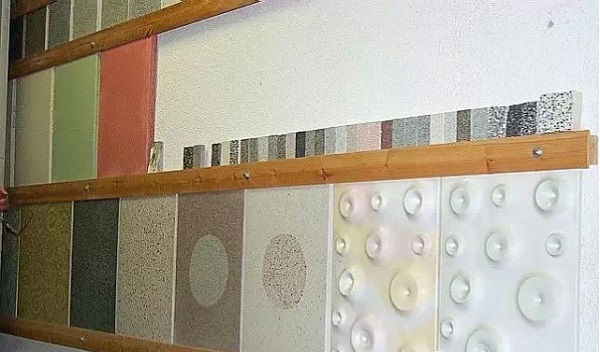
Picture 9. (1) Ceramic tile plate mold, (2) adhesive film, (3) compaction, (4) reverse molding
3-1-2 Vacuum forming process of PE adhesive film
This method is similar to the above method, but it has a high degree of industrialization, thick adhesive film and good adhesion effect. Therefore, the size of standard adhesive film unit can be enlarged, and it can also be used in slightly larger ceramic tiles. In practice, first make a standard steel plate mold, discharge it into the ceramic tile, use machinery and equipment to stick the glued PE film on the ceramic tile plate mold, heat and vacuum at high temperature, and then integrate the PE film, ceramic tile and brick joint, like picture 10; After the PE adhesive film ceramic tile enters the factory, the workers shall make a brick layout plan according to the deepening drawing, and cut the amount of ceramic tile to be used for a PC component to prepare for molding, like picture 11
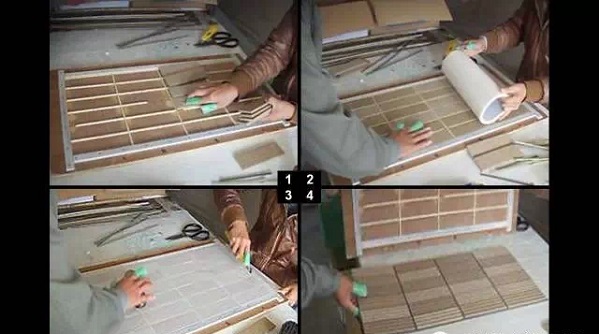
Picture 10 (1) Steel plate mold, (2) brick discharging into mold, (3) vacuum adhesive film machine, (4) finished PE adhesive film ceramic tile
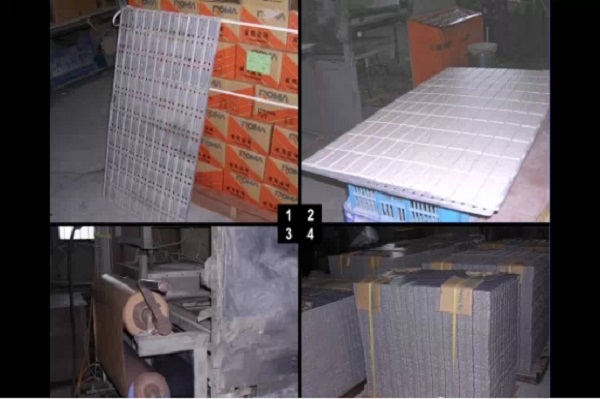
Picture 11 (1) PE adhesive film ceramic tiles enter the factory, (2) ceramic tile segmentation and processing, (3) complete the consumption of one component, (4) row bricks into the steel formwork
3-1-3 Lattice strip method
This construction method is applicable to ceramic tiles with large size, thick thickness or special section; In practice, the plastic strip is fixed on the template of prefabricated components according to the drawing specifications. Before discharging into the ceramic tile, a layer of accretion cloth (a kind of cloth with two-way elasticity, which is mainly used to fasten the ceramic tile in the grid and prevent the cement slurry from penetrating into the front of the ceramic tile to cause pollution) is paved. After discharging the tiles, the ceramic tile joint is filled with ceramic tile sealant, like picture 12. The situation of finished components after formwork lifting is like picture 13
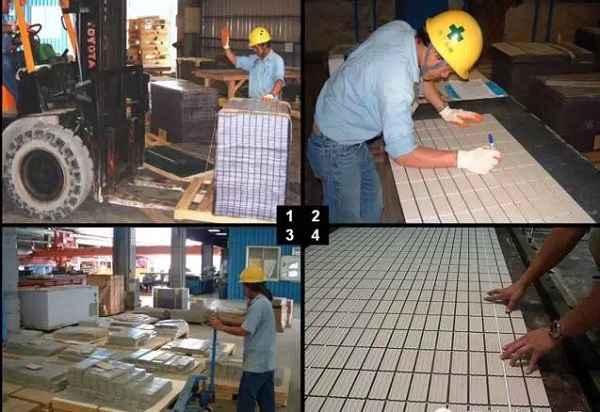
Picture 12 (1) Grid strip and ceramic tile, (2) the grid strip is fixed on the mold, (3) the bricks are discharged into the grid, (4) the brick joints are filled with joint sealant
Picture 13 Finished ceramic tile prefabricated components
3-1-4 Rubber molding method
This method is applicable to ceramic tiles with large size and thick thickness; In practice, the space required for the arrangement of ceramic tiles is made of rubber mold, and then the rubber mold is placed in the steel mold of prefabricated components; The ceramic tile space of the rubber mold and the size of the ceramic tile seam rib should consider the ceramic tile error and the tightness of the ceramic tile placement, which should not be too large or too small. Therefore, the statistical analysis of the ceramic tile size should be done when the ceramic tile enters the factory; In addition, if the tile seam rib of the rubber mold is made into an inverted trapezoid, it will help to absorb the tile error and control the tightness, like picture 14
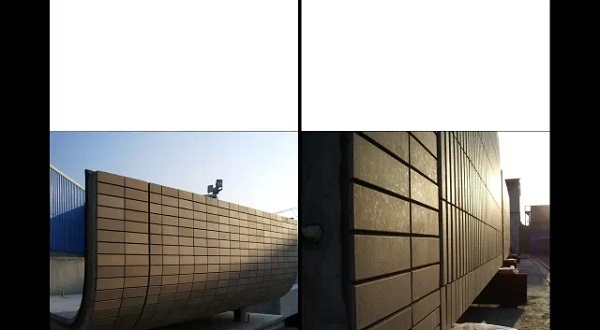
Picture 14 Arrangement of rubber mold and ceramic tile
3-2 Construction method of natural stone prefabricated components
The application of stone to prefabricated components mainly depends on the combination of stainless steel metal parts and concrete. Generally, the combination performance of metal parts and stone is confirmed by test, like picture 15
The stone factory shall process the stone to be used for PC components according to the stone production division diagram, and mark the number around the back. After the preparation, the incoming stone shall be dried if there is moisture, and the masking tape shall be pasted on the width of 1 cm around the back of each piece of stone; Apply waterproof materials after completion; Fasten the stone with metal parts (claw nails); The surface of waterproof material is sprinkled with quartz sand as the isolation layer between stone and concrete; After the curing of waterproof material is completed, put it into the mold according to the corresponding position of stone number; Like picture 16

Picture 15 Performance test of stone claw nail

Picture 16 (1) The stone is coated with waterproof glue, (2) the stone is fastened with claw nails, (3) the waterproof material is sprinkled with quartz sand, (4) the stone is molded
4. Case Study
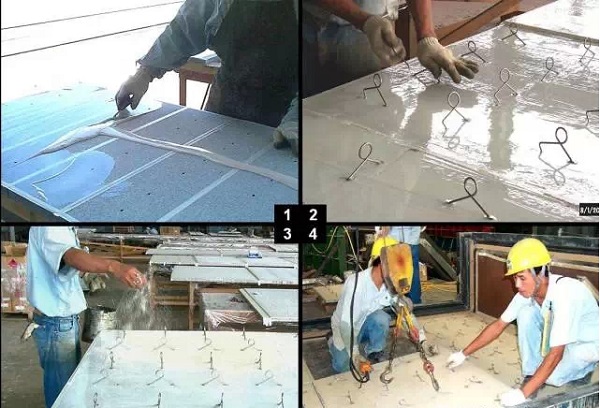
Picture 17 Prefabricated components for exterior wall of high-grade residential buildings in Taiwan
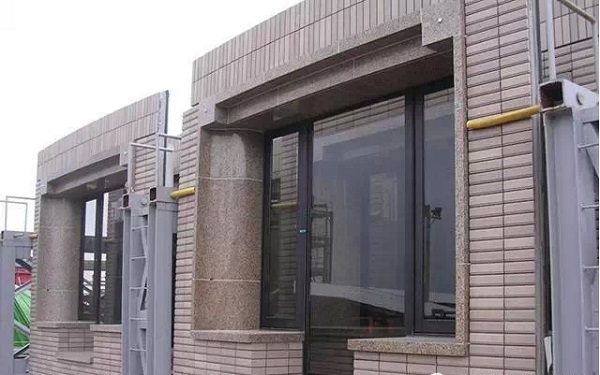
Picture 18 Stone PC exterior wall commercial building
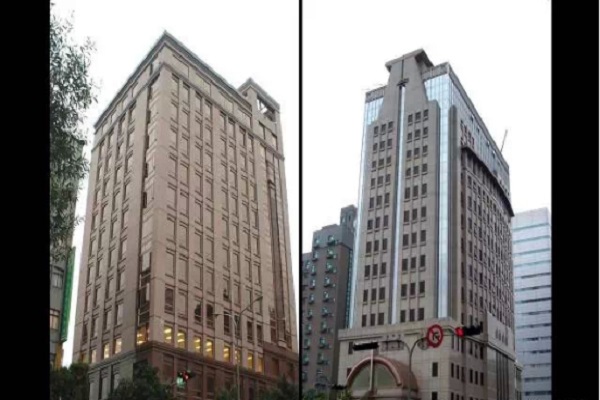
Picture 19 Finnish Street View - color prefabricated exterior wall version

Picture 20 Finnish Street View - white washed stone precast exterior wall version
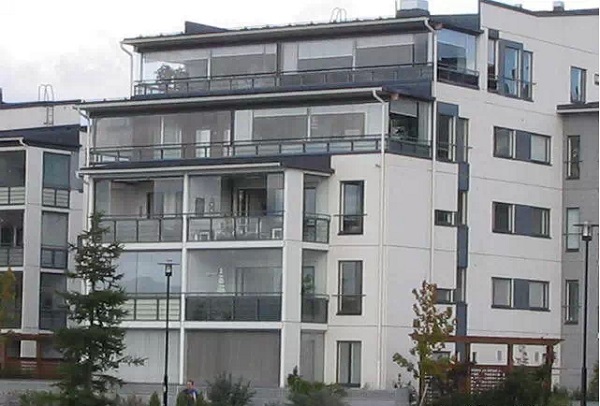
(Reprint)


